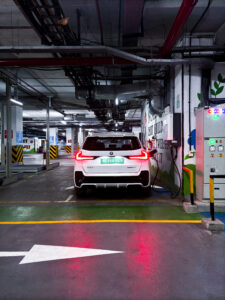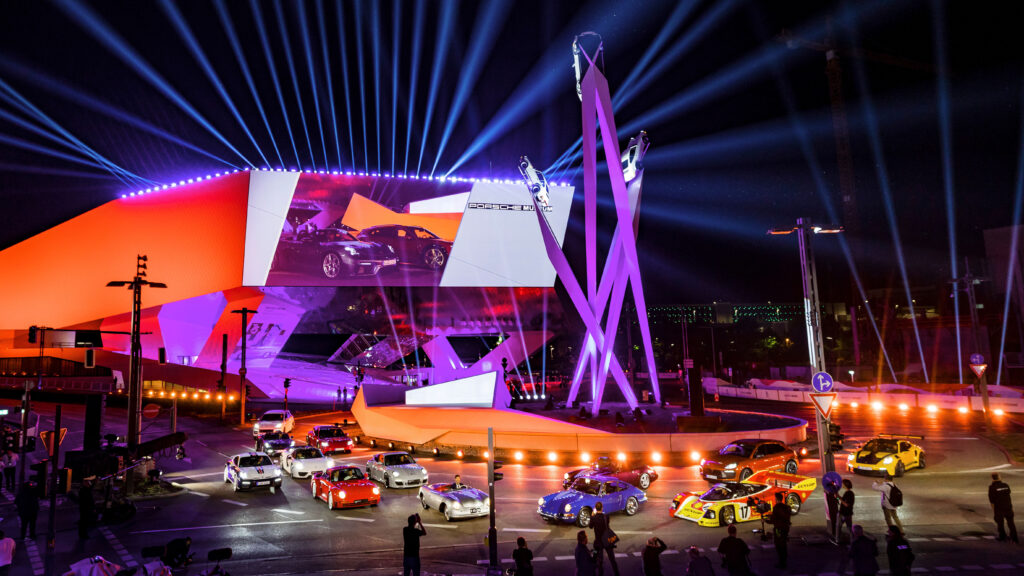
75 years, that long Porsche served us with some of the best and most mind-bending cars, but all it started with the humble chassis no. 1 Porsche 356 back in 1948, and after that, the rest is history. Porsche had and still has a strong foot in motorsports like, Formula 1 from 1957 to 1964, they also participated in the world’s toughest endurance race, the 24hrs Of LeMans, where they not only took part but also took P1 19 times since they entered in the championship in 1970, being in the industry and the motorsports for that long, in 1999 they came up with the homologation model of their 996 gen GT3 Cup race car, known as the GT3, which was a pure race car for the road, and till date, they follow the same philosophy with the GT3 and the GT3 RS models, and because of the birth of the GT3 we got cars like the 718 Cayman GT4 RS and the 718 Spyder RS. But as the future is electric, Porsche decided to start with a new beginning to enter the electric era, so they came up with the Porsche Mission X Concept.
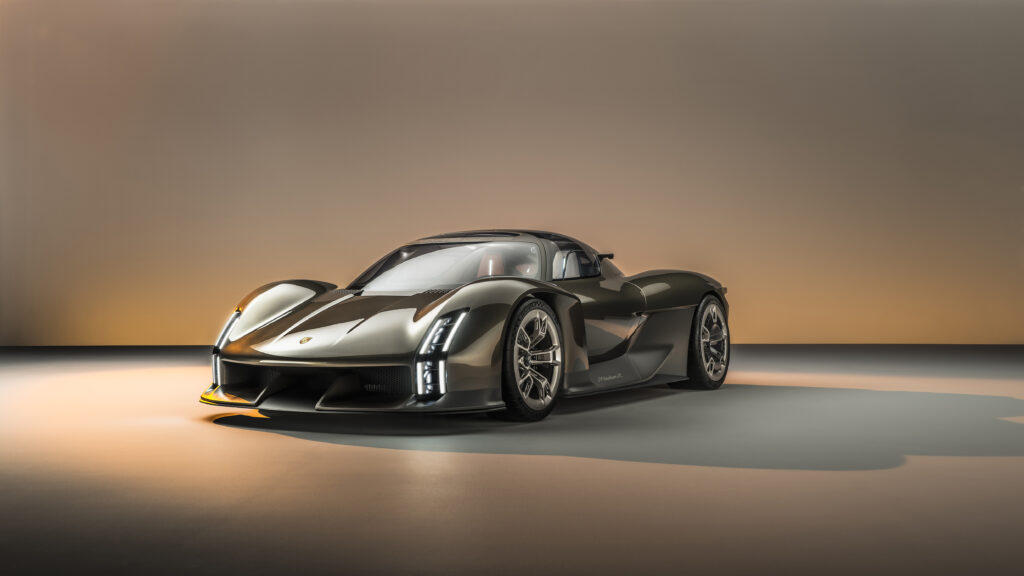
The Porsche Mission X Concept is a celebration of Porsche’s 75 years of success and is a base for future electric Porsches for the upcoming 75 years, Porsche says that it “represents the pinnacle of performance and modern luxury”. Porsche also stated that the Mission X’s production version will be designed to claim the fastest production car record around the Nurburgring, which will produce more downforce than the 992 gen GT3 RS with the DRS, and will have a power-to-weight ratio of roughly 1hp per kg if Porsche got that ratio precisely, the Mission X will probably become 2nd car to have the perfect 1:1 ratio of power and weight after the Koenigsegg One:1.

The design of Mission X is inspired by the Porsche 959, Carrera GT and the 918 Spyder, this new Rocket Metalic paint shade is only introduced for the Mission X. The front end of the car has some design cues of a LeMans car from the 70s, the vertical base of the headlights was inspired by historic racing cars such as the Porsche 906 and 908, where the LED DRLs includes a high-tech support structure frames the LED light modules, from the side, it has the dimensions of the Carrera GT and 918 Spyder, the doors are inspired from the doors of the 1970 Porsche 917 LeMans winning race car, the Mission X got 20″ wheels up front and 21″ at the rear, on the rear end a full taillight bar run across the rear dimensions of the Mission X with the ‘Porsche’ lettering in the middle, where the E in the Porsche lettering will fade in and out while you charge it, below the continuous taillight bar is a massive air diffuse, which make the rear end pops out even more.
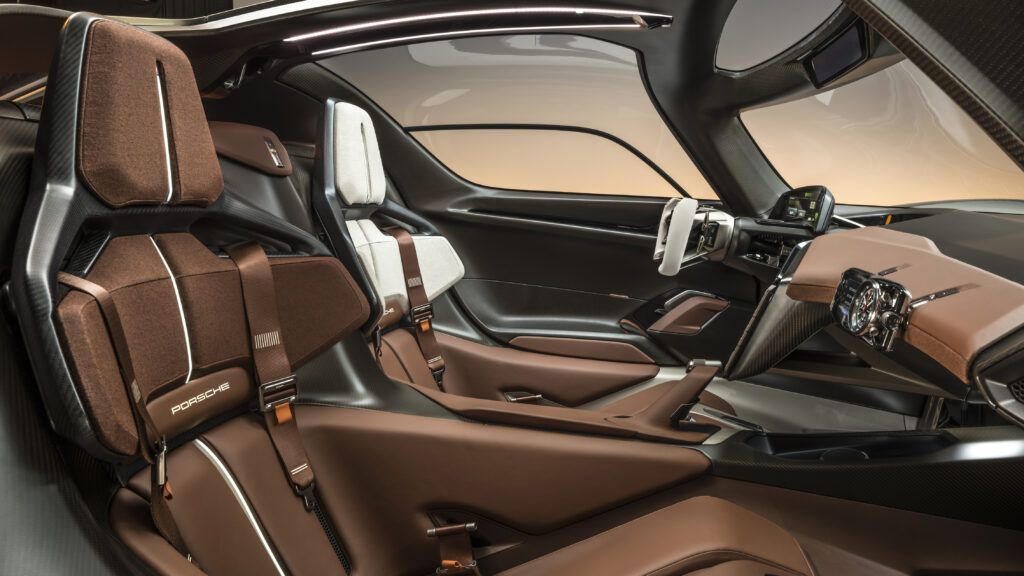
Porsche has kept the Mission X’s interior as driver-focused as possible, where the driver seat is in a different colour, which Porsche calls Kalahari Grey, where the upper part is white contrasting with the colour of the steering with all the driver-specific functions, and the steering has a yoke kina shape, as seen in the Tesla Model S Plaid, and the driver seat is in Andalusia Brown, the six-point seatbelts integrated into the monocoque chassis of the Mission X, Porsche has fitted a new instrument panel and the infotainment screen with different graphics inside, on the co-passenger area you get a screen with a big Porsche Design analog clock, but as we can see there is no integration of physical buttons or knobs and we can expect that the production version will gonna get all screen operated interior features.
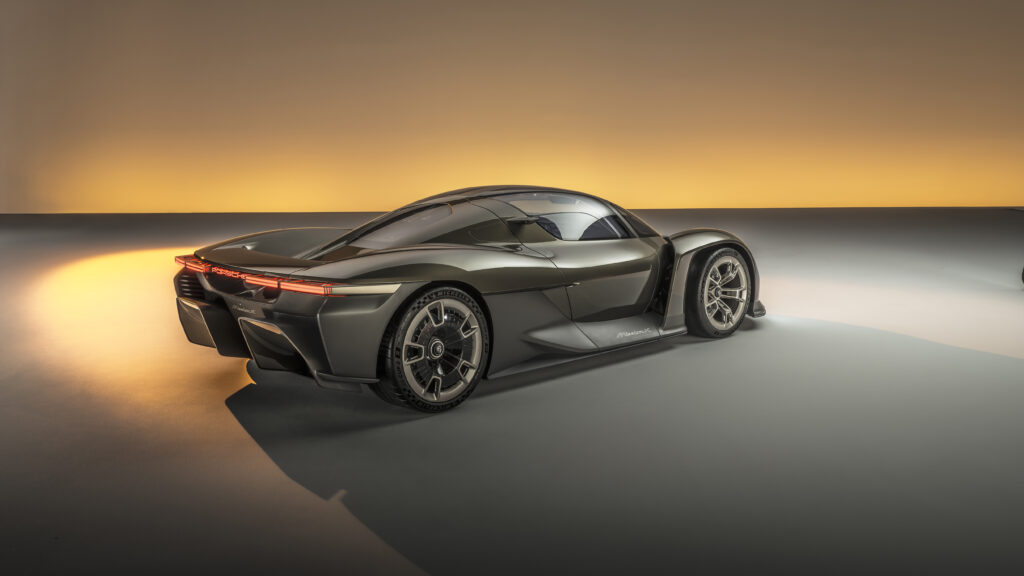
Well, Porsche hasn’t revealed the official powertrain to be offered and power figures of the Mission X’s production version, they say that it will be powered by a high-performance electric powertrain which will send 100% power to the rear wheels to put out about 1500hp, which will help them to snatch the crown of the fastest production car record crown from the Mercedes-AMG One, which lapped the Green Hell in 6:35.18 seconds, Porsche also stated that the Mission X, will not only be powerful but will juice up from 5%-80% in just 20 minutes. So with this info, we can expect Mission X to be a revolutionary hypercar which is likely to arrive in 2027.


